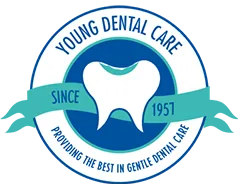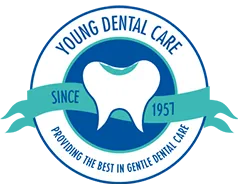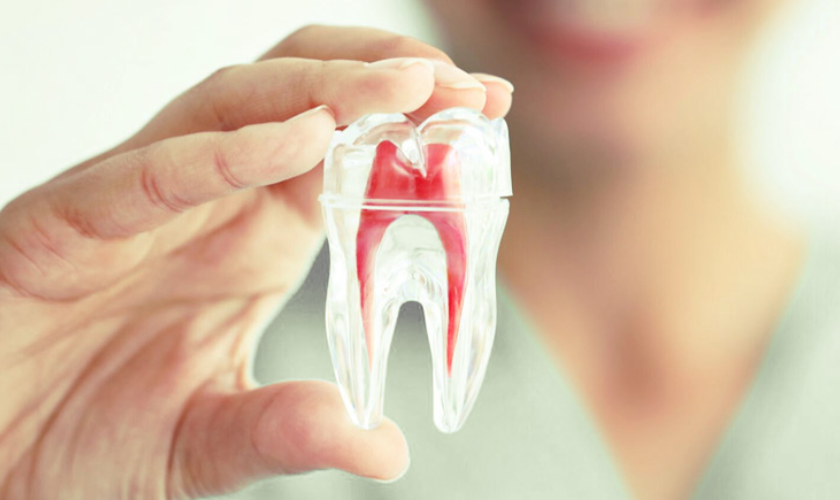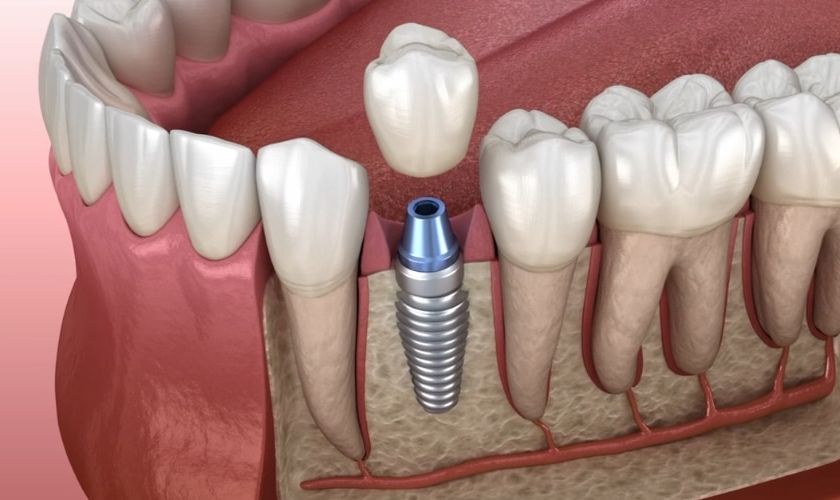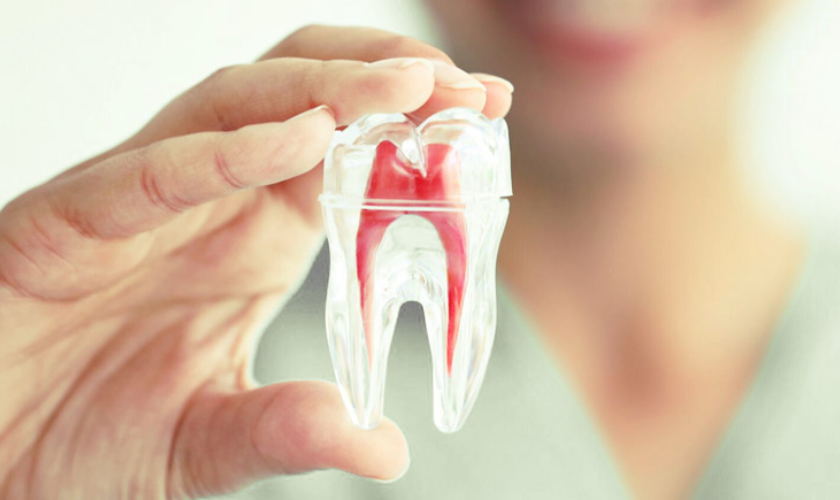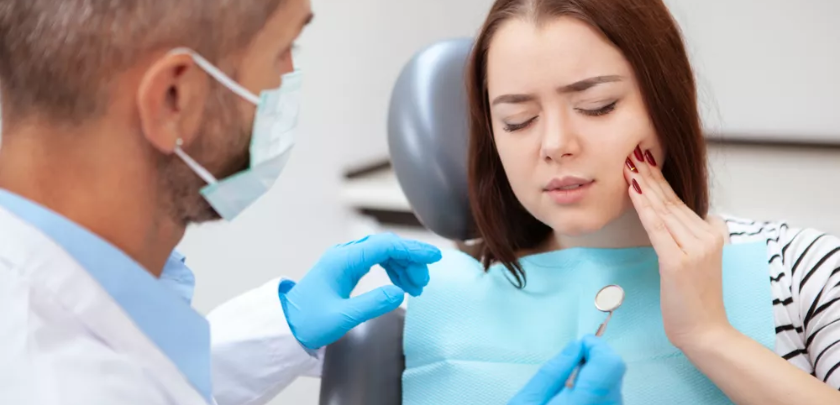How To Brush Your Teeth Correctly?
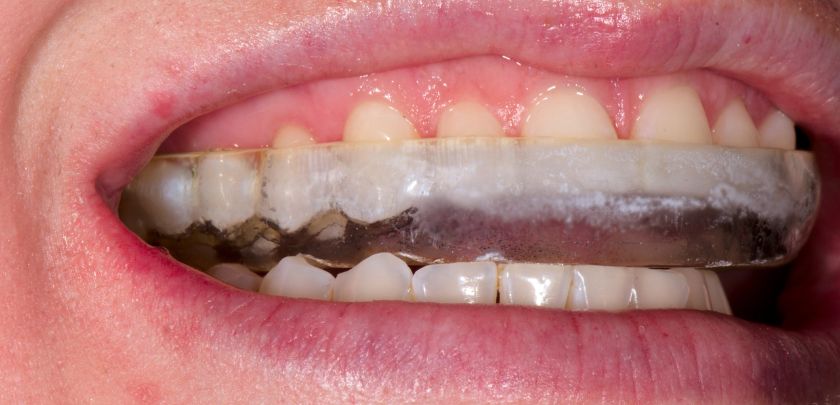
Good oral hygiene is not just about keeping your teeth white; it’s also crucial for avoiding tooth decay, gum disease, and bad breath. One of the cornerstone practices for maintaining oral health is brushing your teeth correctly. This guide will walk you through the steps to ensure you’re brushing your teeth effectively, along with tips and common mistakes to avoid.
Understanding the Importance of Brushing Your Teeth
Before diving into the how-to, it’s important to understand why brushing your teeth correctly is so vital. The mouth is a gateway to your overall health, and poor oral hygiene can lead to a host of issues beyond just cavities and gum disease, including heart disease, diabetes, and respiratory illness. Brushing your teeth removes plaque, a sticky film of bacteria that forms on your teeth. If not removed, plaque can harden into tartar, leading to inflammation of the gum tissues, or gingivitis, which can progress to periodontitis, a more severe gum disease.
Step-by-Step Guide to Brushing Your Teeth
1. Choose the Right Tools
Toothbrush: Opt for a soft-bristled brush to avoid damaging your gums and enamel. The size of the brush head should allow easy access to all surfaces of your teeth.
Toothpaste: Use fluoride toothpaste. Fluoride strengthens tooth enamel and helps repair early tooth decay.
2. Use the Correct Technique
- Amount of Toothpaste: Use a pea-sized amount of toothpaste.
- Angle Your Brush: Hold your brush at a 45-degree angle to your gums.
- Brushing Motion: Use short, gentle strokes. Pay special attention to the outer surfaces, inner surfaces, and the chewing surfaces of the teeth. To clean the inside surfaces of the front teeth, tilt the brush vertically and make several up-and-down strokes.
- Duration: Brush for at least two minutes, twice a day. Consider using a timer to ensure you’re brushing long enough.
3. Don’t Forget the Gum Line
Plaque tends to accumulate along the gum line. Ensure you’re gently brushing this area to prevent gum disease.
4. Clean Your Tongue
Bacteria can also build up on your tongue, contributing to bad breath and potentially leading to other oral health issues. Gently brush your tongue or use a tongue scraper.
5. Rinse Your Mouth
After brushing, rinse your mouth with water or mouthwash to remove any loosened plaque and freshen your breath.
When and How Often Should You Brush?
Brush your teeth at least twice a day — in the morning and before bed. If possible, brush after meals to remove food particles and prevent plaque buildup. Waiting 30 minutes after eating before brushing can prevent acid erosion on your enamel.
Replacing Your Toothbrush
Replace your toothbrush every three to four months, or sooner if the bristles are frayed. A worn toothbrush won’t clean your teeth effectively.
Common Mistakes to Avoid
- Brushing Too Hard: This can damage your gums and enamel.
- Using the Wrong Size Toothbrush: If the brush is too big, it won’t reach all areas easily.
- Not Brushing Long Enough: Less than two minutes is not enough time to thoroughly clean all your teeth.
- Forgetting the Back Teeth: These teeth can be harder to reach but are just as susceptible to cavities.
- Ignoring the Gum Line: This area is crucial for preventing gum disease.
The Role of Flossing and Mouthwash
Flossing once a day helps remove plaque and food particles from between your teeth where your brush can’t reach. Mouthwash can offer additional benefits, like reducing plaque, preventing or reducing gingivitis, and freshening breath. However, these should not replace brushing and flossing but rather be used as complementary practices.
Brushing your teeth correctly is a key component of maintaining good oral hygiene and overall health. By following the steps outlined in this guide and avoiding common mistakes, you can ensure you’re effectively removing plaque, preventing dental diseases, and keeping your smile bright and healthy. Remember, regular dental check-ups are also essential for spotting and addressing any issues early. Oral health is a critical part of your overall well-being, so take the time to care for your teeth properly.
